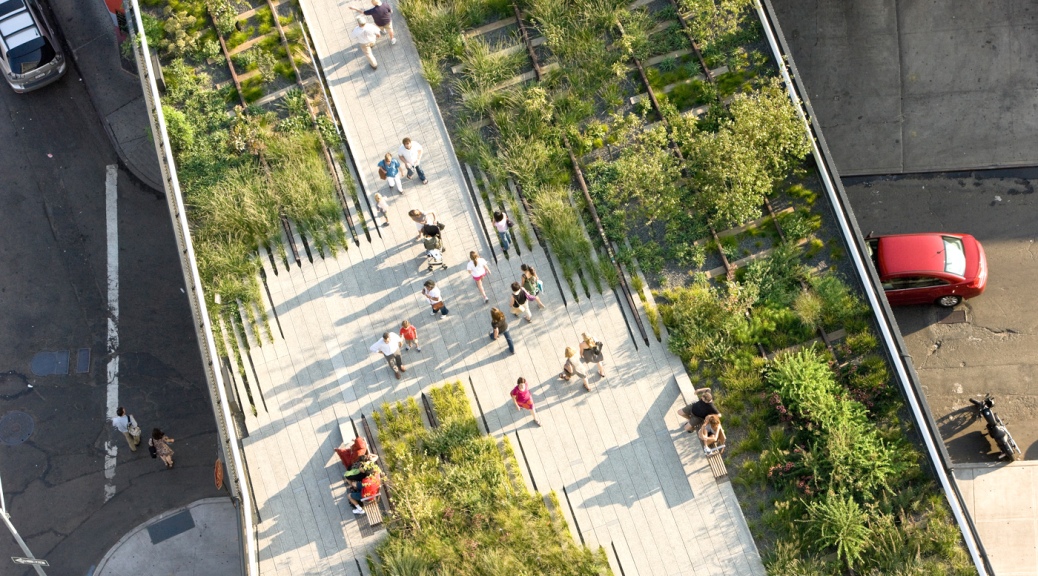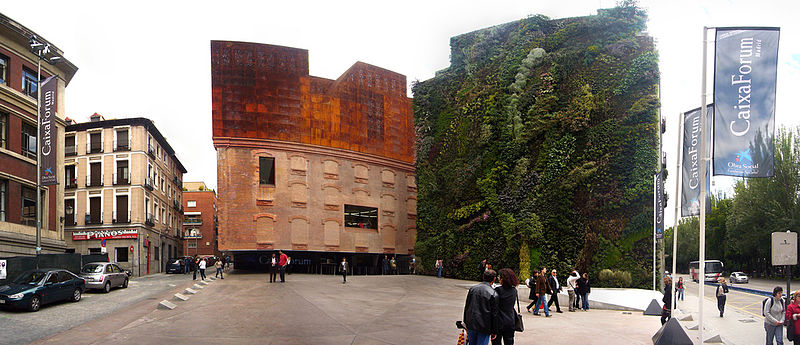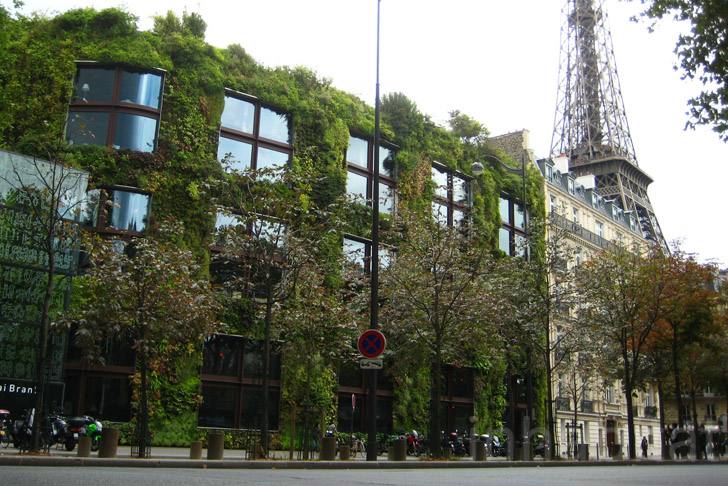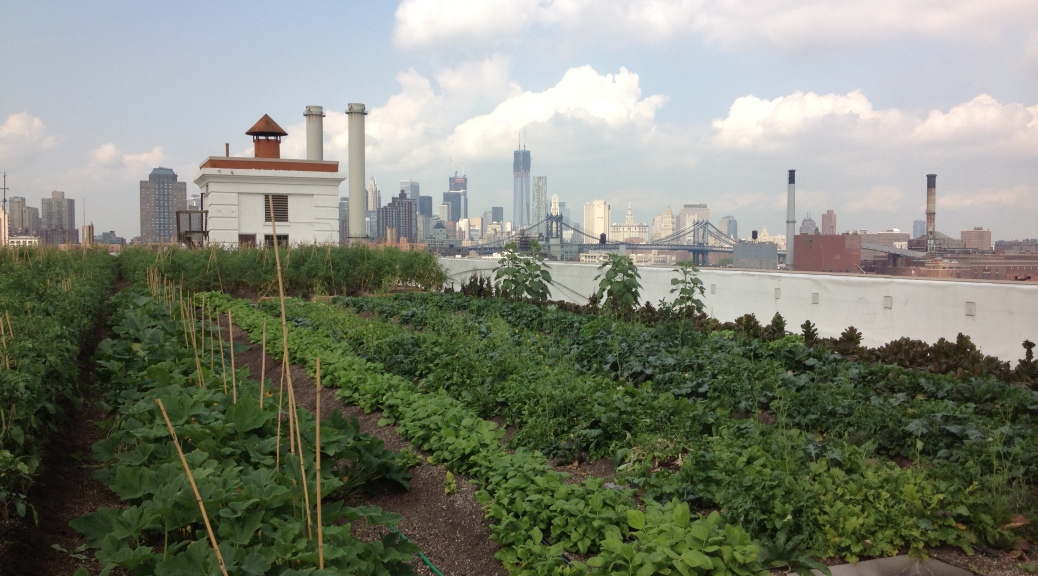Green roofs have become increasingly popular in the last years, seen as an easy and accessible way to add ecological value to building projects. When in full bloom, as well as many other times in the year, green roofs can also make a world of difference, turning grey into vibrant colourful cityscape rooflines, acting as air pollution filters, absorbing water run-off, and easing temperatures.
On the continent, particularly in the German-speaking world (Germany, Austria and Switzerland), green roofs have long been part of the roofed landscape, first developing in the 70’s and 80’s. More recently the US, Canada, Japan and Singapore have seen a sharp uptake in green roofs. In Germany by 2001 over 40% of councils were offering incentives for green roofs. By comparison Britain has been slower to take on green roofs, although interest has grown in recent years. One estimate concluded there was 200 million square metres of roof-space that could be adopted to green roof use with either no or only small changes needed.
Primary benefits
There are various benefits to green roofs, with primary environmental benefits including:
- Reducing rain and storm water run-off, generally in tandem with a sustainable urban drainage system
- Reducing energy use: green roof improves insulation and lessens energy requirements
- Increasing biodiversity: with less and less ‘on ground’ suitable habitats, green roofs can mimic some biodiversity habitats and needs
- Improving air quality and improving water quality: can help remove airborne particles, heavy metals and volatile organic compounds from the local atmosphere, which also helps with water quality.
- Creating a more pleasant environment, particularly in densely populated and built upon urban areas, without sizeable open green spaces
- Helping to mitigate climate change; plants hold moisture, and provide bulk to moderate temperature changes
- In cities green roofs can reduce what’s called the Urban Heat Island Effect. Where there is extensive built fabric, i.e. cities, solar heat gets stored up in the city fabric overnight and while released when temperature falls, will raise the average temperature by a mean average of 4 degrees compared to temperatures in the countryside.
Main structural green roof elements and types
As a starting point green roofs require a waterproof membrane between the roof and the earth substrate. Beyond this the depth and design of green roofs are quite diverse, ranging from lightweight and superlight (12 mm drainage board), extensive (less than 100 mm) and intensive (over 200 mm.)
Main green roof types
Mat-Based, (consisting of pre-grown mats of sedum or meadow flowers placed on water retentive material/substrate) Substrate based, (growing layers supporting plants) and biodiverse and wildlife (locally sourced aggregates and natural features from which specifically chosen flora and fauna grow.) Further info on different roof types, best practice etc here.
Main plants used in green roofs
Vegetation and plant choices are critical, requiring tough, hardy and long living plants. Sedum is the archetypal green roof plant as it is very draught resistant. However it has gained a mixed reputation as it has been widely used (or abused) on super thin substrate green roofs that contain very low-diversity and poor plant growth. Herbaceous flowering plants, grasses and an increasing interest and use of native wild flowers. Further information here.
This information has been partially taken from the Green Roof Guide, an invaluable source of authoritative guidance on green roofs in the UK climate and environment.
Further short cuts to green roof guidance:
Design
Construction Practice
Wildlife Green Roof Guidance









